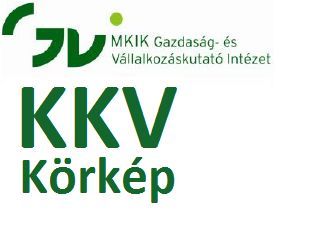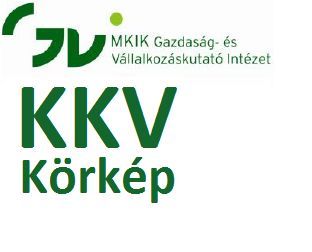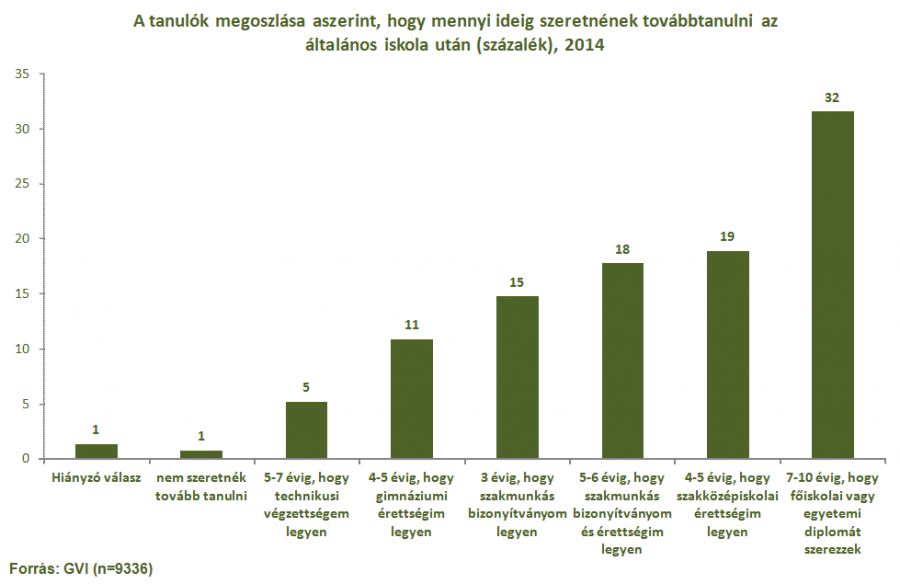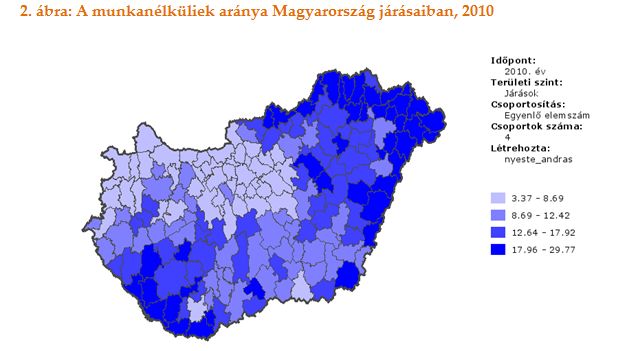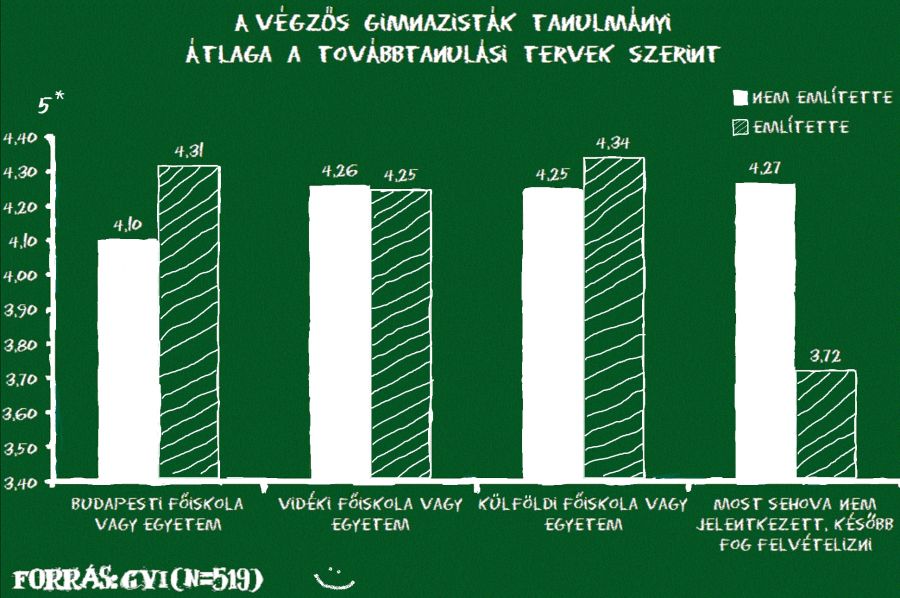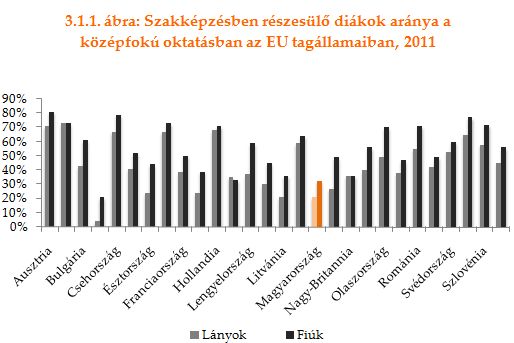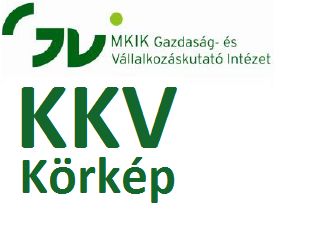The results of the latest quarterly business climate survey reveal a more favourable economic condition compared to the previous quarter: the IEER Quarterly Business Climate Index increased from 19 to 24points. This is the highest level since the beginning of the research (January 2010). The Uncertainty Index is at a current level of 39 points, which is higher than in the previous quarter (it was 35 points in January 2015), this indicates the growth of uncertainty. The current level of 39 points is higher than one year before (it was 36 points in April 2014). In addition, the value of the Uncertainty Index indicates that the current trend is not uniform within the private sector, and that the recovery will continue to be confined to one part of the economy and will not be felt by all companies.
Read more >>>The HCCI Institute for Economic and Enterprise Research (IEER) business climate survey in April 2015 shows that the level of business confidence in Hungary continued to improve compared to that seen in the previous quarter. The IEER Quarterly Business Climate Index has risen from the January level of 16 to 23 points. The current level is the highest since the beginning of the research (January 2005). The current level of the indicator is higher than it was one year earlier. The Uncertainty Index level is at a current level of 38 points, which is three points higher than the level in January; this indicates increase in uncertainty. The current level is the same as the value recorded one year before and higher than the value recorded two years before (in April 2013 it was 37 points). In addition, the value of the Uncertainty Index indicates that the current trend is not uniform within the private sector, and that the recovery will continue to be confined to one part of the economy and will not be felt by all companies.
Read more >>>Within the framework of the “SME Outlook” research, since January 2005 the HCCI Institute for Economic and Enterprise Research (IEER) conducts a quarterly analysis of the situation of small and medium sized enterprises, their short-term prospects, as well as the economic and institutional factors affecting this business group. For this project a total of 300 companies operating within the fields of manufacturing, construction and services are surveyed and the data is analysed in every quarter. The structure of the sample remains the same from quarter to quarter, with the companies surveyed representing the economic performance and sector distribution of small and medium sized enterprises in Hungary.
On June 1, 2013, the National Bank of Hungary launched the Loans for Growth Program (NHP), albeit the details of the program had been known several months earlier. For the October 2014 SME Outlook survey the leaders of small and medium-sized enterprises were asked about bank loans and the NHP Program by the IEER.
The results show that 56% of small and medium-sized enterprises have some form of bank loan. The most common type of credit is working capital loan (including bank loans). Companies hold mostly forint-denominated loans.
Euro-based loan is the most common foreign currency loan and mainly used by export-oriented companies, companies in the manufacturing sector and medium-sized firms.
Every fifth company among SMEs have applied for loan under the Loans for Growth Program (NHP). More than half of the companies were interested in working capital loans. Every second company applied for a loan up to 50 million forints. The overall opinion of SMEs is that there are no major changes in the terms of access to loans during the period 2013 and 2014.
Read more >>>Results of the IEER SME Outlook Survey January 2015
The HCCI Institute for Economic and Enterprise Research (IEER) SME Outlook business climate survey in January 2015 shows that after the decline observed in the previous quarter the level of business confidence improved again. The Business Climate Index rose to 16 points from the 9 points measured in October. The index is also higher than it was in last January (9 points). The Uncertainty Index is at 35 points level, which is one point lower than its value in October, so the uncertainty seems to stagnate. The 35 points level is slightly higher than the level measured last year (33 points in January 2014), but lower than the level measured two years ago (41 points in January, 2013). The value of the Uncertainty Index suggests that the current tendency is not universal and that it only concerns a part of the business community, others do not perceive it yet.
Read more >>>The study examined pre-career, seventh-grade primary school children's interest in further education and career choices. The results are based on the results of the Hungarian Chamber of Commerce and Industry (HCCI) national career guidance study.
Two major groups stood out among seventh grade students: white-collar and blue-collar. The former are more independent, more diligent in learning, and more skilled at intellectual tasks and solving puzzles, but are less talented of practical tasks.This group tends to strive for attainment of higher education, even to obtain a degree and a white-collar profession. Children from the other group are interested in home improvement, repair, and the world of machines, and are less receptive to learning, are more inclined to solve school tasks in groups, and are regarded as less independent. The latter group of young people takes on vocational careers.
Read more >>>Social and economic developments after the regime change in 1989 have completely transformed our country. In many ways, Hungary was divided into two parts. The advanced, more developed area is increasingly linked to the more developed parts of the EU in all aspects and is an economically and socially emerging area, comprising of the capital city and its environs as well as the north-western part of the country. By contrast, all other parts of the country are increasingly separated from this developed region, and thus also the European average. To further awareness of this situation the HCCI IEER prepared the social and economic profiles of Hungary's regions in 2013 in which the development path of individual regions was clearly shown. In this analysis, based on the latest available data (2007-2012), the differences in the state of development of the 198 Hungarian statistical districts were examined. We present maps showing development on a statistical district scale. The analysis focuses on the regional differences of certain processes and phenomena, and provides an answer to the question of which are the most developed and most underdeveloped regions of our country.
Read more >>>Between 2006 and 2013 the number of Hungarian high school graduates applying to British universities increased significantly, by nearly 2.7-fold, while other Visegrad countries were characterized by much lower growth rates. Besides, the research of IEER examining the prospects for further studies also reveals that regional disparities in further education are discernible within Hungary. Children from the underdeveloped Northern and Great Plains regions usually don't apply for universities in Budapest or abroad, whereas in the region of Central Hungary students most often choose the most prestigious universities of Budapest. The study was conducted on graduating students at thirty Hungarian state high schools; the results are based on 704 responses.
Read more >>>How can we characterize the Hungarian vocational training, what can we interpret the trends? How can we describe the students in the vocational schools and what awaits them on the labour market? These questions were analyzed by the Institute for Economic and Enterprise Research by summarizing the facts and data referring to the vocational training from the last 10-15 years.
Read more >>>Today's economic and social life tends to be fundamentally affected by the development and products of software industry. In the era of "information society", the changes and movements of this field have significant impacts on many segments of the society. In our study, one of our main purposes is to reveal the most important tendencies of the software industry recently. We also intend to detect the changes orienting the most probable future developments of this market. In order to complete our purposes, we concentrate our work not only on global and local trends, but we also introduce the histories and current characteristics of some typical software companies of our time.
On the following link an English summary of the paper can be downloaded.
Read more >>>According to preliminary statistics data released by the Central Statistics Office (CSO, or KSH in Hungarian), seasonally and calendar-adjusted gross domestic product fell by 0.3% in the first quarter of 2013 compared to the same period last year, but compared to the previous quarter a 0.7% increase was observed.
Indicators pertaining to the current situation of small and medium-sized enterprises (SMEs) showed a consistent picture for the first quarter of 2013. Compared to the previous quarter, current situation indicators had all increased slightly. Expectations for the next year don't reflect this optimism, however; particularly evident is the sharp decline in expected investment activity.
The overall effect of these contradictory results has led the SME Business Climate Index to idle after experiencing a strong rise during the previous survey; although the value is still rising, it's at a much slower rate than in the previous quarter. The Uncertainty Index declined somewhat; in other words, a decline can be seen in the diversity of opinions of SME assessments toward their current and expected business situations.
The share of small and medium-sized enterprises with bank loans has been steadily declining since October 2011; its current value is at 62%. In terms of loan type, it can be stated that firms are still mostly indebted in HUF. The proportion of business loans in Euros and Swiss francs has declined significantly since April 2012, and currently represents 25% and 1.1% respectively of all SME loans.
During the past half year 17% of the businesses surveyed inquired at a bank about the possibility of borrowing money, which is a rate two percentage points lower than in April 2012.
On the following link an English summary of the paper can be downloaded.
Read more >>>

